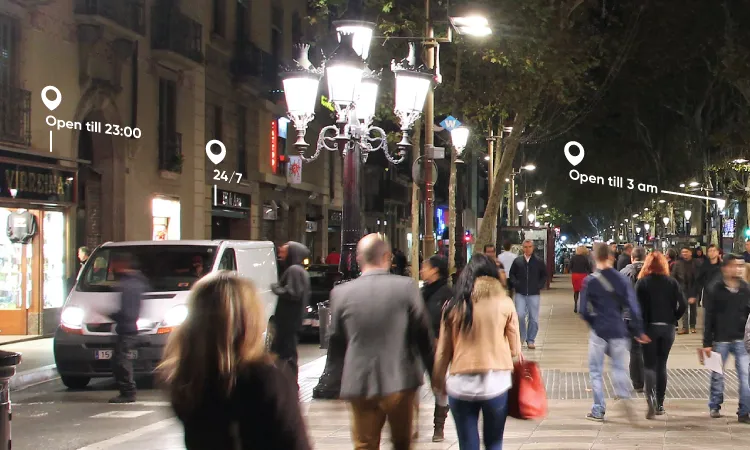Purpose of Street Lighting Control
Understanding the Multifaceted Purpose of Street Lighting Control for Enlightened Cities
As dusk falls and cities light up, there is an intricate system at work behind the glow that illuminates our urban spaces. Street lighting control, a seemingly mundane aspect of urban management, holds an essential role in the dynamics of city life. This capability encompasses the remote operation of street lights, allowing for the switching on, turning off, and dimming of both individual fixtures and groups of lights. Exploring the rationale behind controlling these urban beacons reveals a complex interplay of safety, convenience, aesthetics, energy conservation, navigation, and social engagement.

